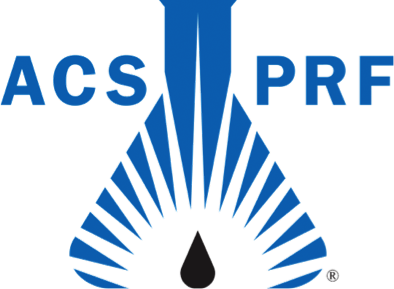Research
We focus on the application of “smart molecules” and “smart polymers” to problems that lie at the interface of chemistry and biology or chemistry and materials.
Our efforts generally involve the design, synthesis, and study of novel small molecules and polymers and work in the subfields of biomedicine, chemical biology, or materials chemistry.
More specifically, our research in molecular design is to develop compounds that can:
- Serve as DNA or RNA-targeted therapeutic agents
- Function as stable and biocompatible imaging agents
- Act as encapsulants to carry active agents and deliver them in a stimuli-responsive manner, and
- Deliver drugs or cells specifically to diseased tissue
Students in our group can learn a range of skills from organic synthesis and chemical biology to computer modeling and advanced materials development and characterization.
Bioimaging Agents
There is a critical need for fluorescent probes and MRI contrast agents that are nontoxic, long-lived, and extremely bright (fluorophores) or that provide exceptional contrast (MRI). Another challenge is developing “monovalent” agents, probes that can be linked to a single targeting agent (e.g., antibody, ligand, oligonucleotide, etc.). We are developing small molecules, polymers, and nanoparticles that fulfill these criteria and applying them in both in vitro and in vivo settings.
DNA or RNA-Targeted Therapeutic Agents
There are a number of diseases that originate in aberrant DNA or RNA, in particular the triplet-repeat diseases (TREDs) which involve expansion of sequences within our genomes. One current effort is to develop small molecules that target CTG repeats in DNA or their CUG repeat RNA transcripts, both of which cause myotonic dystrophy type 1, the most common form of muscular dystrophy. These smart molecules are designed to enter the cell nucleus, bind the target DNA or RNA specifically and operate to reverse the deleterious effects of the expanded repeats.
Degradable Polymers and Novel Delivery Systems
Polymeric materials that can degrade rapidly and completely in response to specific stimuli such as light, heat, pressure, and pH are being developed as novel encapsulating materials. The goal is to create thin, spherical shells that hold and protect their contents indefinitely, yet instantly release their cargo upon the appropriate stimulation.
Drug and Cell Delivery Systems
This effort focuses on the targeted delivery of stem cells or drugs to diseased tissues. The approach we are taking uses smart self-assembling materials, for example polymers that can coat the surfaces of stem cells and display peptides that target inflammation, or self-assembled particles that can be tracked in vivo as they travel to the target site and then release their cargo of drugs.
Funding Sources






